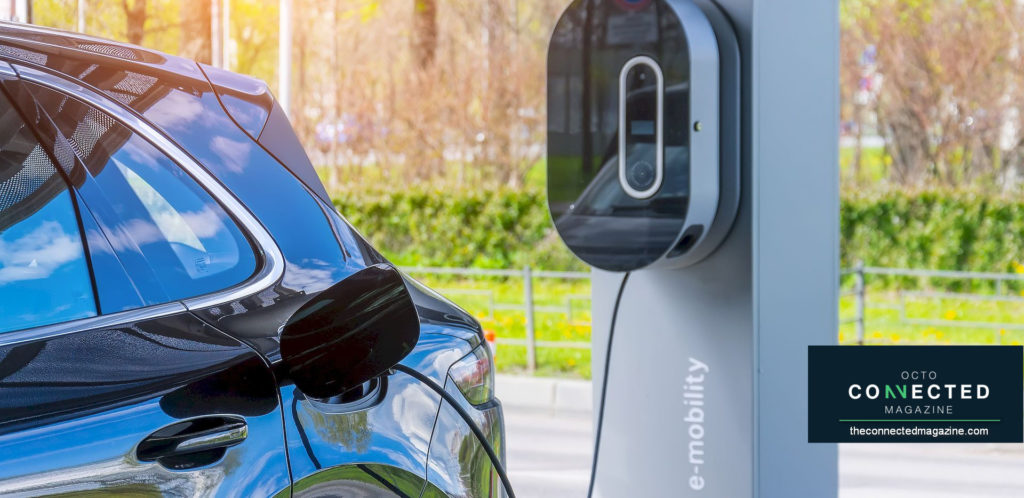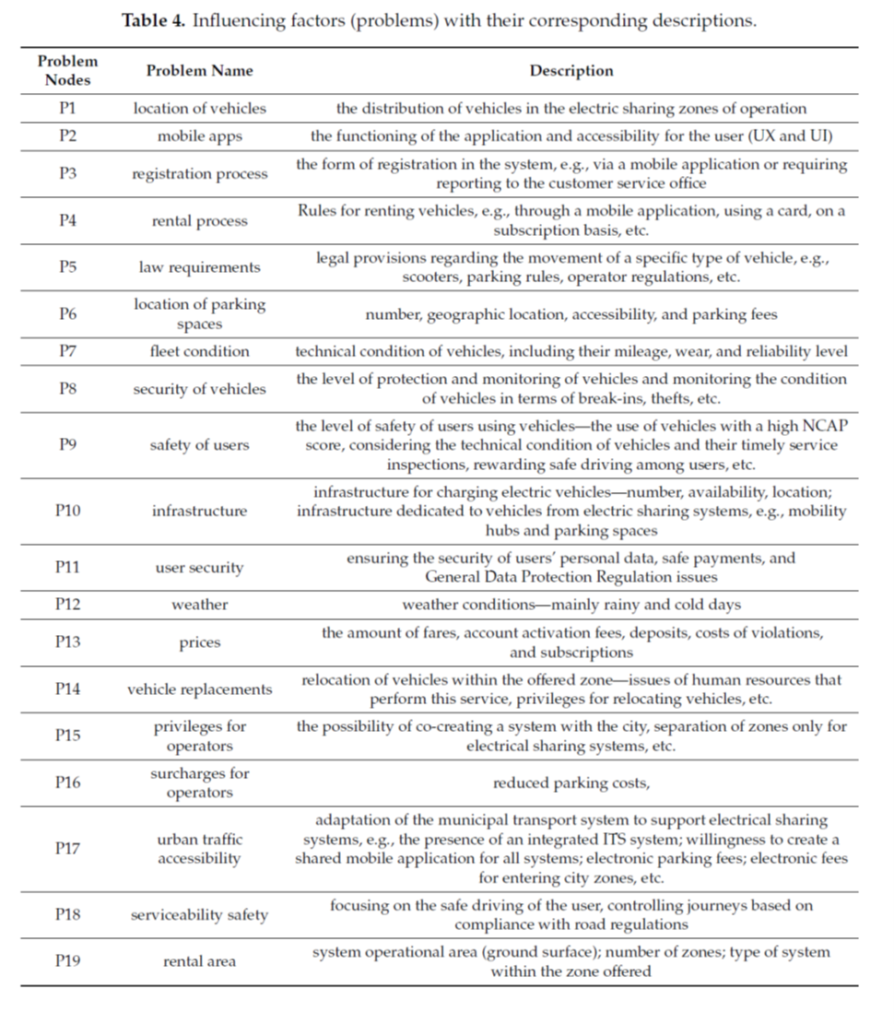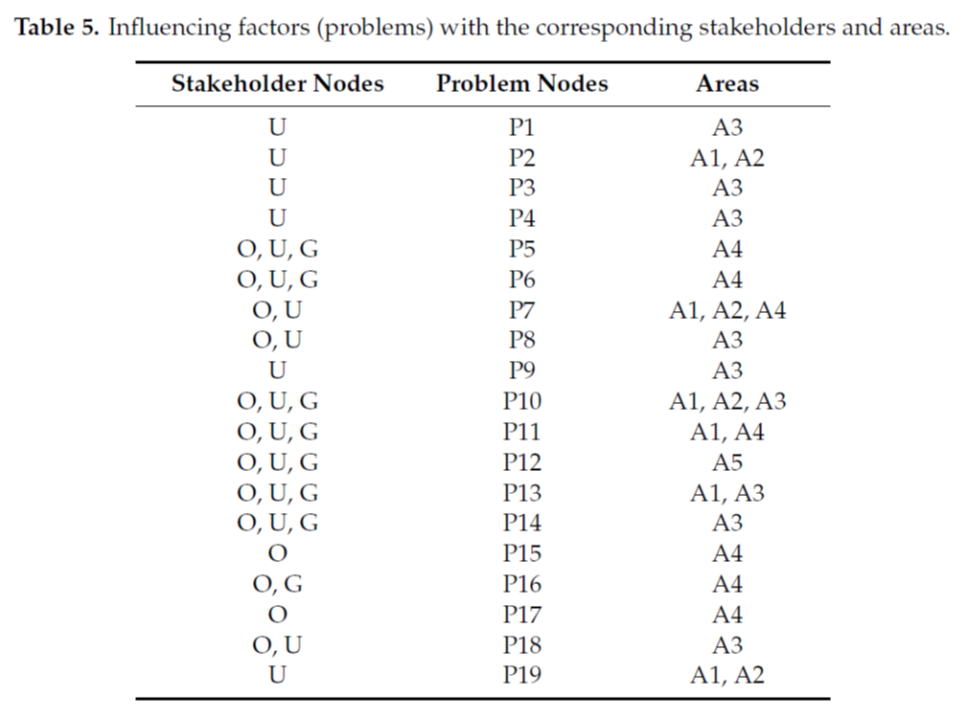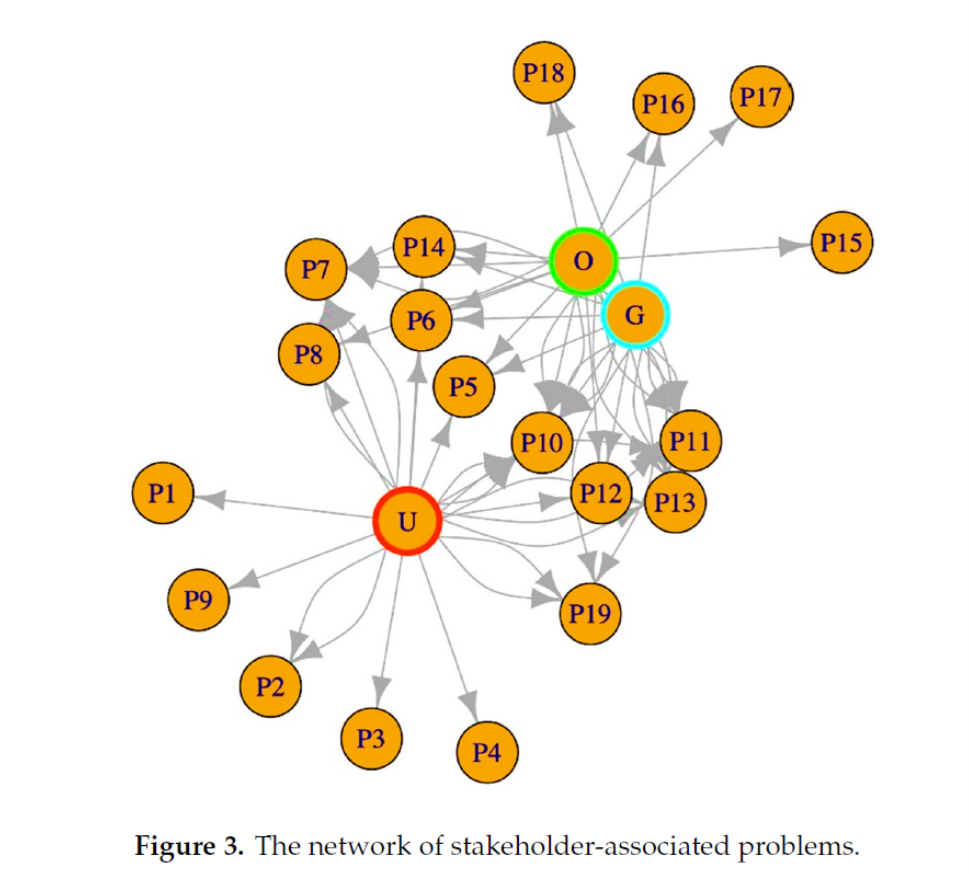
Researchers Katarzyna Turón, Bogusław Łazarz and Andrzej Kubik from the Silesian University of Technology, Poland, Feng Chen from the Shangai Jiao Tong University, Shangai and Hualan Wang from the Lanzhou Jiaotong University, China published an article on Energies in November 2020 regarding the electric shared mobility system. The article provides an up-to-date review of this issue. Here are some key issues.
Due to the development of the shared economy, increasingly more shared mobility providers have launched services based on the use of electric vehicles.

The increasing growth of electric shared mobility services has produced various types of problems that do not occur (or occur with a limited effect) under conventional shared mobility systems. This increase in electric shared mobility problems has led to many effects, including limitations of the system zones or going out of business.
For example, the operator Vozilla, a municipal electric car rental company that operated in Wrocław, Poland starting in 2018, ceased its activities after two years. Despite the great interest in this system (over 60,000 people registered the system during its operation, and the fleet of 240 cars was used nearly 600 thousand times), it was forced to stop functioning. As reasons for the need to shut down its system, the company indicated, for example:
• Rising electricity prices;
• Too little relief for electric vehicles;
• Too little aid from the government;
• Too slow development of infrastructure for vehicle charging.
The authors stress that this article aims to define the main factors related to all of the electric shared mobility service types at the stages of planning, implementation, and functioning while considering the problems of various stakeholder groups. The study highlights that the analysis was performed using the heuristic method and Social Network Analysis (SNA).
Social Network Analysis is a research method related to the behavior of the individual at the micro-level, the pattern of relationships at the macro level, and the interactions between the two. This method allows one to study collectively by assessing the relationships between different units.
Referring to the assumptions of the Social Network Analysis method, the research defined the groups of the main stakeholders who are related to electric shared mobility services. Three main stakeholder groups were identified:
• Users (further marked as “U”);
• Governments (further marked as “G”);
• Operators (further marked as “O”).
These are the groups most closely connected to electric shared mobility. Extended interactions among the indicated groups of stakeholders may improve the state of the current shared mobility market situation and may exert an influence on local transport policy-makers when creating sustainable urban mobility plans or the new sustainable transportation regulations.



Discussion:

Based on the obtained results, the researchers understand that the main challenges facing today’s industry of shared electric mobility are the following:
• Directing more attention to monitoring the quality of services and their availability for users of electric shared mobility systems;
• Establishing cooperation with the authorities to develop a standard policy for the development of electric shared mobility systems, developing joint plans for the location of chargers and parking spaces for electric vehicles, and establishing privileges for users and operators;
• Researching the number of electric vehicles and their distribution in a given area in the city to improve access to services for potential system users;
• Developing plans for cooperation between operators and cities as mutual business partners, which would increase transport accessibility and obtain a more favorable pricing policy for services for urban residents;
• Promoting electric shared mobility services (among both operators and city authorities).
Conclusions:
The research in this study showed that there is great potential in using the SNA method for more comprehensive transport analyses in the field of modern transport mobility.
The authors recommend that researchers who have access to more detailed trip data for electric shared mobility services use the present method together with elements of machine learning. A combination of SNA analysis and machine learning can support the process of creating an intelligent, integrated MaaS (Mobility as a Service) system, which is a significant challenge in the electric shared mobility industry. Based on the provided Social Network Analysis, the researchers recommend to:
• Improve mobile applications with a module containing the possibility of assessing the quality of services and then monitoring and analysing the quality of services by operators in real-time using machine learning and big data;
• Develop a local policy of shared electric mobility in cooperation with local self-governments with focusing on the aspects related to the infrastructure for charging electric vehicles (number, availability, location; infrastructure dedicated to vehicles from electric sharing systems, creating mobility hubs and parking spaces); technical fleet issues (condition of vehicles, including their mileage, wear, and reliability level); ensuring the security of users’ (in the case of personal data, safe payments, and General Data Protection Regulation issues); monitoring the number of fares, account activation fees, deposits, costs of violations, and subscriptions; system operational area (ground surface); providing the number of zones; type of system within the zone offered;
• Develop mathematical models that contain algorithms describing the principles of efficient operation of systems in the field of vehicle location and their availability to users;
• Create joint hubs for shared electro-mobility that functions as a separate and specially arranged public space, where charging points and docks for vehicles with shared electric mobility are located;
• Create a Mobility as a Service Urban Platform that will gather all operators under one application. This type of solution will give users and operators equal access to the market for shared electric mobility.
• The analysis showed which of the problems (factors) are most relevant for the holistic modeling and optimization of electric co-green mobility systems. Because each of these groups is associated with different types of sub-criteria, the researchers understand some selected criteria are worth considering during modeling and optimization, including:
• Infrastructure: the number of vehicles charging stations, types of chargers, charging time, availability of chargers, and the presence and number of dedicated parking spaces and e-mobility hubs;
• Fleet condition: mileage, technical inspections, and the occurrence of daily technical inspections;
• User security: existence of a protection system for users’ personal data and vehicle disinfection frequency;
• Rental area: number of zones for the functioning of the area, the number of sub-zones, the type of the system, and the size of the area;
• Law requirements: legal provisions regarding the movement of a specific type of vehicle, e.g., parking rules and operator regulations;
• Location of parking spaces: number of parking spaces, number of private and public parking spaces dedicated to electric sharing systems, geographic location, accessibility, and parking fees; • Weather: the occurrence of rainy days and rules of operation on cold days (issues of battery status and user safety);
• Vehicles replacements: number of vehicles, number of employees to service, relocations during charging, and external human resources to handle battery charging.
Additionally, the analysis provides initial research results for the further advisement of valid and cost-effective electric shared-mobility systems in urban transport. The authors indicate that they are planning to upgrade this analysis in our subsequent articles by considering a more significant number of initial data and preparing similar studies in other areas of systems to verify and improve the presented method.